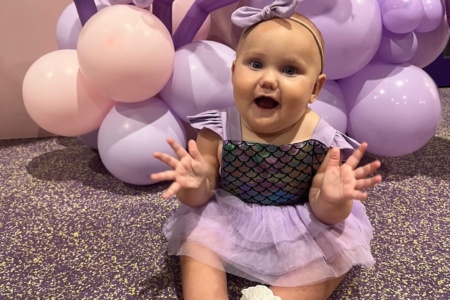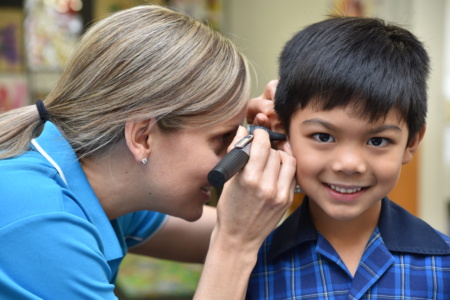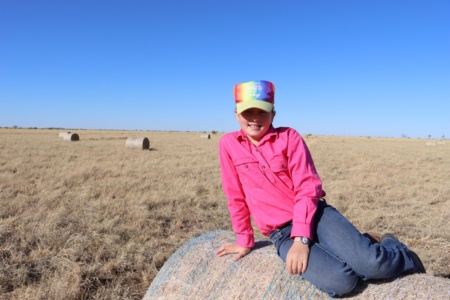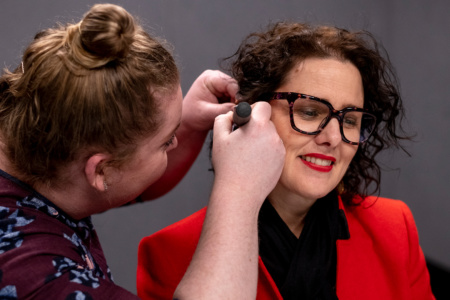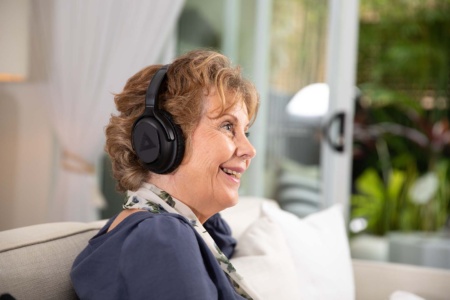There are a range of tools which speech professionals and families alike can use to help young children develop and use language.
“There’s been a great deal of research into specific techniques around facilitating the development of language in children, particularly before the age of five,” explained Hear and Say Listening and Spoken Language Specialist, Josh McVeigh.
“Researchers have shown two key elements: that children – without or without language difficulties – significantly improve in their reading, writing, talking and listening skills when the focus is on deliberate facilitation of language, and that parents and carers play a key role in teaching and modelling the skills needed for children learning to talk.”
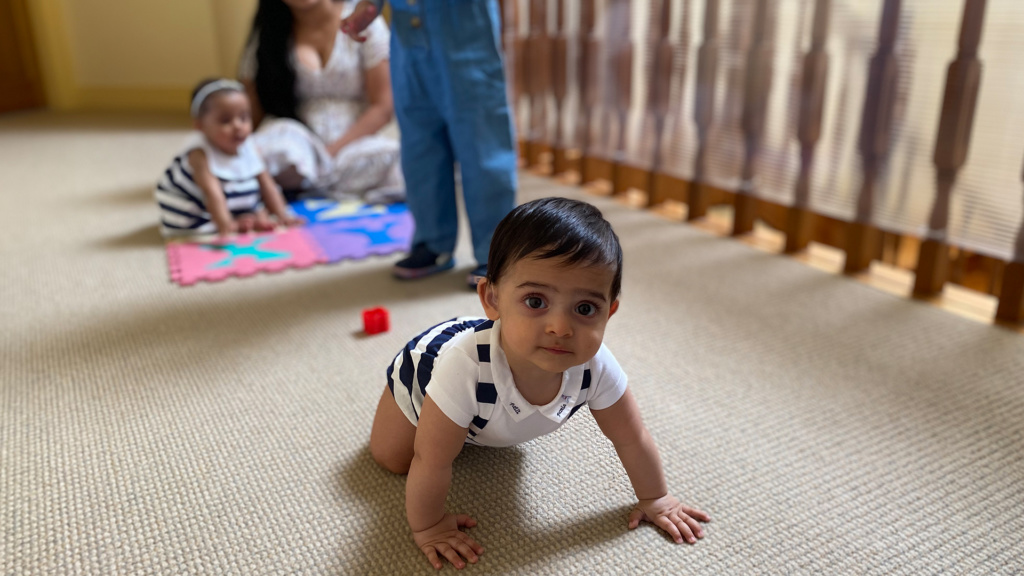
Eight simple language facilitation techniques to try at home
- Expansion: Expand on something your child has said to model the use of language. For example, your child says, “Cup!” and you reply, “That’s right, you drink water from your cup!”
- Communication temptation: Create opportunities for communication by waiting for a response from your child, rather than jumping in straight away. For example, pause before pouring water into a cup with an expectant look at your child. Let them observe and respond with, “Pour water!” before you say, “Yes, we pour the water into the cup!” and then follow through with the action.
- Self-talk: Talk about what you’re seeing and experiencing. For example, when playing with toys cars, you could say to your child, “My car goes vroooom! It drives really fast. Ready, set, go car!”
- Repetition: Repeat what your child says while playing to emphasise the use of language. For example, if your child says, “Go car!”, respond with the same.
5. Parallel talk: While going about everyday activities or while playing, talk about what they’re seeing and experiencing. For example, “You are brushing the doll’s hair!”
6. Auditory bombardment: Repeatedly ‘bombard’ the child with exposure to targeted words, to help them develop their contextual understanding and use of those words. For example, if focusing on the word ‘go’ – “Go car! Go! Go! Go! Look, here goes the car.”
7. Joint attention: Follow the eye gaze and attention of the child, and comment on what they’re looking at. For example, “I can see that you are looking at the bird! Look at its beautiful colours and long beak!”
8. Language sabotage: Try intentionally ‘sabotaging’ an activity to prompt a response from your child. For example, you might put a toy horse on the roof of the barn instead of inside, then look expectantly at the child for a response. If no response, say, “Silly horse, he’s on the roof! Horses don’t go on the roof, they go in the barn.”
Hear and Say can support your child's speech and language development.
Get in touchSources and further reading
- Roberts, M., & Kaiser, A. (2015). Early Intervention for Toddlers with Language Delays: A Randomized Controlled Trial. Pediatrics, 135(4), 686-693.
- Tempel, A., Wagner, S., & McNeil, C. (2009). Parent-child interaction therapy and language facilitation: The role of parent-training on language development. The Journal of Speech and Language Pathology – Applied Behavior Analysis, 3(2-3), 216.


